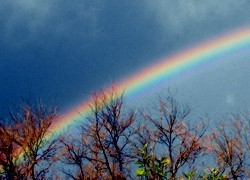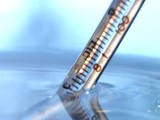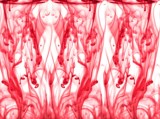Online Science competition
science kids
Stay update and subscribe to "Science News For Kids" our monthly e-zine.

Take a picture of an everyday scientific phenomenon that truly captures the essence of what science is. Capture the amazing and exciting nature of science. Find an everyday scientific phenomenon and make the ordinary look extraordinary. Add a caption which should include such things as where the photo was taken, when and what scientific principles are being displayed. Most everyday occurrences can be explained by science, such as the illusive rainbow which has some very interesting physics behind it.
The prize
The winner of this competition will recive the "Amazing Science Descoveries" e-book series from our sponsors www.amazingsciencediscovery.com. The book is mainly aimed at the parents of children who are currently 1st to 5th grade. The e-book talks about the importantance of encouraging an interest in science from a young age, which I whole heartly agree with, since an interest in science will most certainly be benifical for any child. The book provides parents with information on their childs curiculim and the seires also includes easy science experiments which are ideal for parents to teach young childern about science while also having fun.
How the judging works
Submissions are judged by site visitors (or friends and
family) through the use of social networks. The winner is then picked
by the team at Easy-Science-Experiments.com taking into consideration
the number of points the participants received, the quality of the
photo and the caption. Note: The caption does not have to correctly
state what is observed in the photo it merely has to be a good educated
guess with reasoning. Site visitors are encouraged to comment on the
photos and enhance/ correct the caption with their own insight,
knowledge and experience of the phenomenon.
When your photo is liked (Facebook), tweeted about on twitter,
when your picture is stumbled upon and favourited or when your photo is
“re-pinned” on pinterest you gain a point. The more points you have the
better your chances of winning.
Example:
Facebook – shows 63 likes
Twitter - shows 22 tweets
StumbleUpon - shows 8 stumblers
G+
- shows
5
= 98 votes
Vote by Clicking the Buttons
|
|
|
- Only one submission per competitor is permitted
- The photo must be related to science
- Submit only photos which you own or have permission to
use.
- Make sure that the submitted photo is appropriate for all ages and non-commercial.
We take no responsibility for submitted work, and if one submission fails to meet the requirements we reserve the right to delete this submission. By submitting original photos, you retain copyright and grant Easy-Science-Experriments.com a non-exclusive, royalty-free, irrevocable, transferable, perpetual license to publicly display the photo.
The digital photo contest started officially 10th July 2012. The contest ends on the 10th September 2012. The winner will be announced on this page, Facebook and Twitter.
Good luck,
The Easy-Science-Experiments.com TeamExample submission
 Rainbow
RainbowThis photo was taken at midday.
It had been raining all
morning and the air was filled with small water droplets. The light
from the sun (white light containing a full spectrum of wavelengths) is
refracted by the small water droplets in the air. The light is
refracted as it moves from one median to another causing them to slow
down and change direction. The reason, that we see rainbow as colourful
bows instead of just white bows of light is because different wave
lengths of light are affected more or less when they change medians.
Red light being affected the least and blue / violet being affect the
most. Every little droplet refracts all the colours of the rainbow, but
because the rays are sent off at different angles you only see a
certain wavelength (colour) from each droplet creating the tiers of
colours.
Note: Your submission does not have be this comprehensive.
Do you have a great photo that meets the critera
Take a picture of an everyday scientific phenomenon that truly captures the essence of what science is








